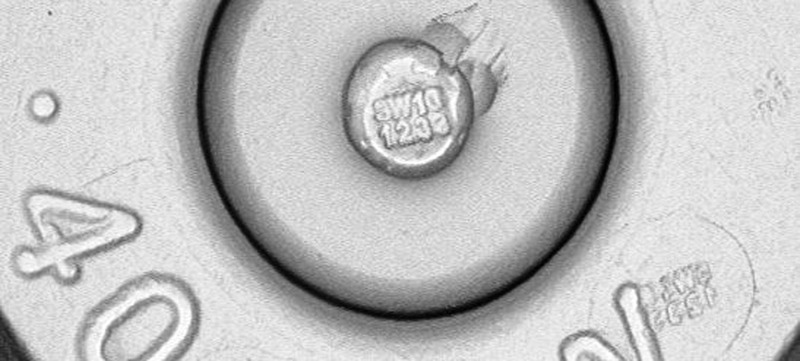A California Appellate Court has reversed the Fresno Superior Court’s dismissal of the NSSF and SAAMI lawsuit seeking an injunction to block enforcement of the state’s ammunition microstamping law and remanded the case back to the lower court to hear arguments. Keep reading…
Source: NSSF Government Relations Update

Gun manufacturers have the right to present evidence supporting their claim that technology does not exist to comply with a California law requiring new models of semi-automatic handguns to stamp identifying information on bullet casings, a state appeals court said Thursday [Dec. 1].
The ruling by the 5th District Court of Appeals in Fresno overturned a lower court ruling rejecting a lawsuit by two firearms trade associations [NSSF and SAAMI] that challenged the law. The appeals court sent the case back to the lower court for further consideration. “It would be illogical to uphold a requirement that is currently impossible to accomplish,” Justice Herbert Levy wrote for the appeals court.
Larry Keane, NSSF Senior Vice President and General Counsel: “We are pleased by today’s ruling because it means we will now be able to prove in court that this ill-considered law must be enjoined, because it is literally impossible to comply with its requirements, and the law never requires the impossible. We have long maintained that this nascent, unproven, and unreliable technology should not have been mandated.”
Supporters of the law signed by Gov. Arnold Schwarzenegger in 2007 touted it as a help to law enforcement in soliving gun crimes by allowing them to link bullet casings to specific guns. Hannah Shearer, a staff attorney at the San Francisco-based Law Center to Prevent Gun Violence, said that the argument that gun manufacturers can’t comply with the law is bogus and will be rejected by the trial court. “California’s microstamping law gives law enforcement a strong tool to investigate and solve gun crimes and also combat gun trafficking,” she said.
The law requires new handgun models to have a microscopic array of characters in two spots that identify the gun’s make, model, and serial number and that are transferred by imprinting on each cartridge case when the gun is fired.
State officials said gun manufacturers could comply with the law by putting two stamps on the firing pin. But the appeals court said the Legislature required dual microstamping to prevent criminals from defeating the process by defacing or removing the firing pin. Allowing two stamps on the firing pin would not serve that purpose, Justice Levy wrote.
Gun rights groups say it is not possible to microstamp two areas of a gun. Only the tip of the firing pin can be microstamped, and current technology doesn’t allow the stamp to reliably, consistently, and legibly imprint on the cartridge primer from that part of the gun, they claim.
The law was supposed to take effect in 2010 but was delayed because of patents on the technology, including at least one that had been bought up by a gun rights group to delay the law’s implementation.
The law doesn’t impact guns already on the state’s official firearm roster. Only new or modified semi-automatic handguns sold in California must be equipped with the technology. NSSF Senior Vice President Larry Keane said no new models of pistols have been introduced in California since the law took effect, and hundreds of pistols have been taken off the state’s firearm roster because even slight changes render the gun a new model. “When we ultimately prevail in this case, law-abiding consumers in California will once again be able to purchase new models of pistols this law currently prevents our industry members from selling in the state,” Keane said.
A separate lawsuit challenging the law on constitutional grounds is pending before a federal appeals court in San Francisco.
LINKS








